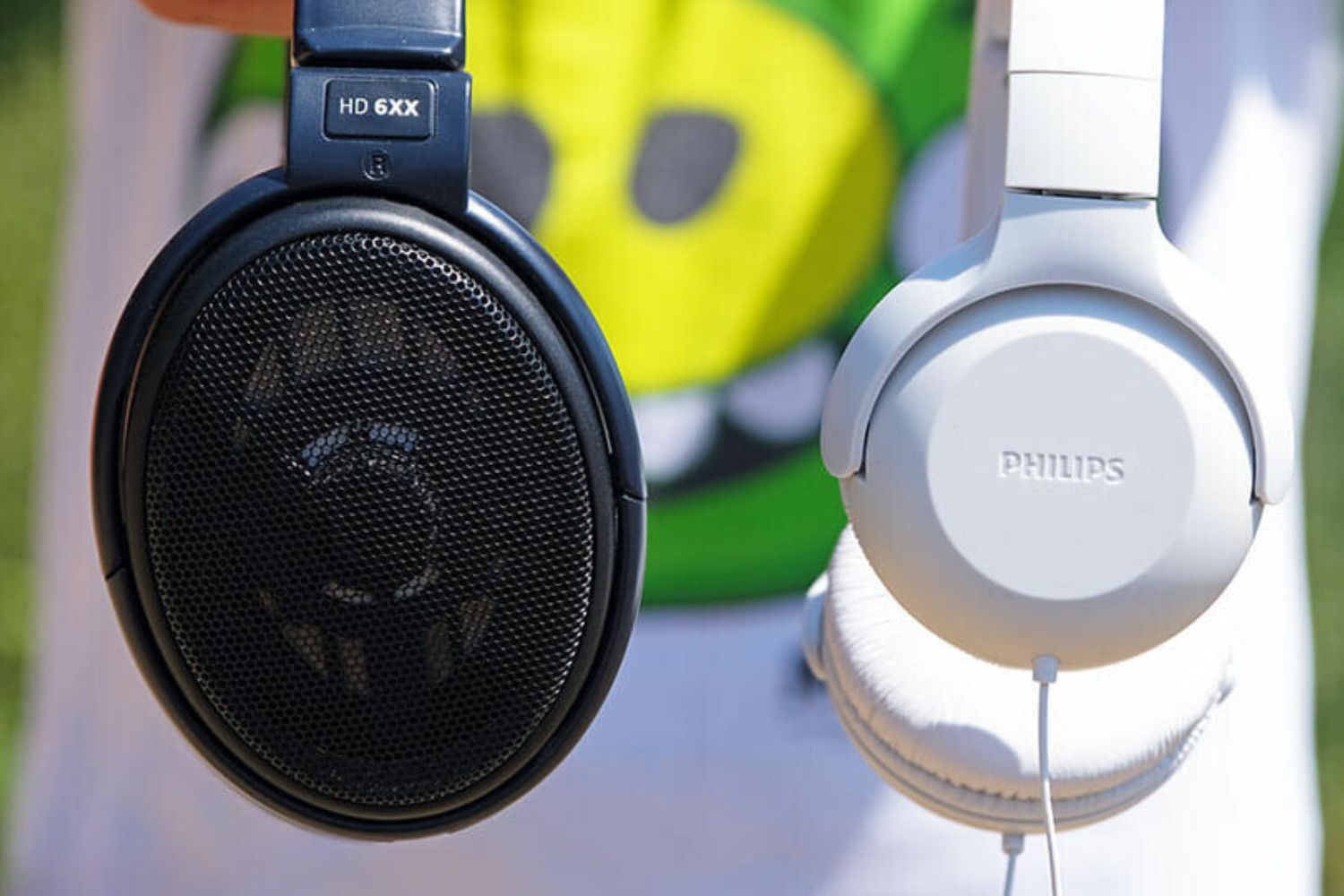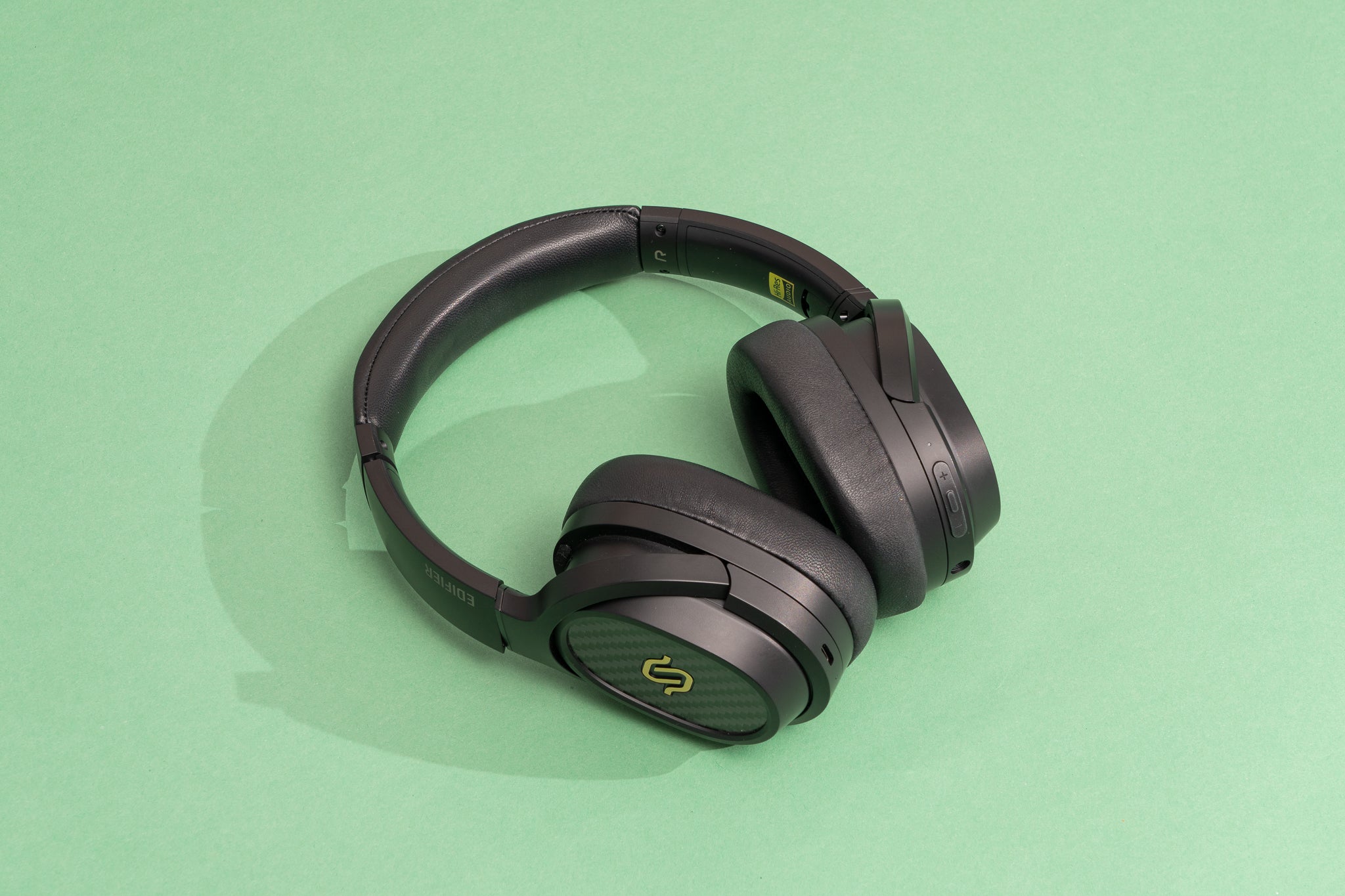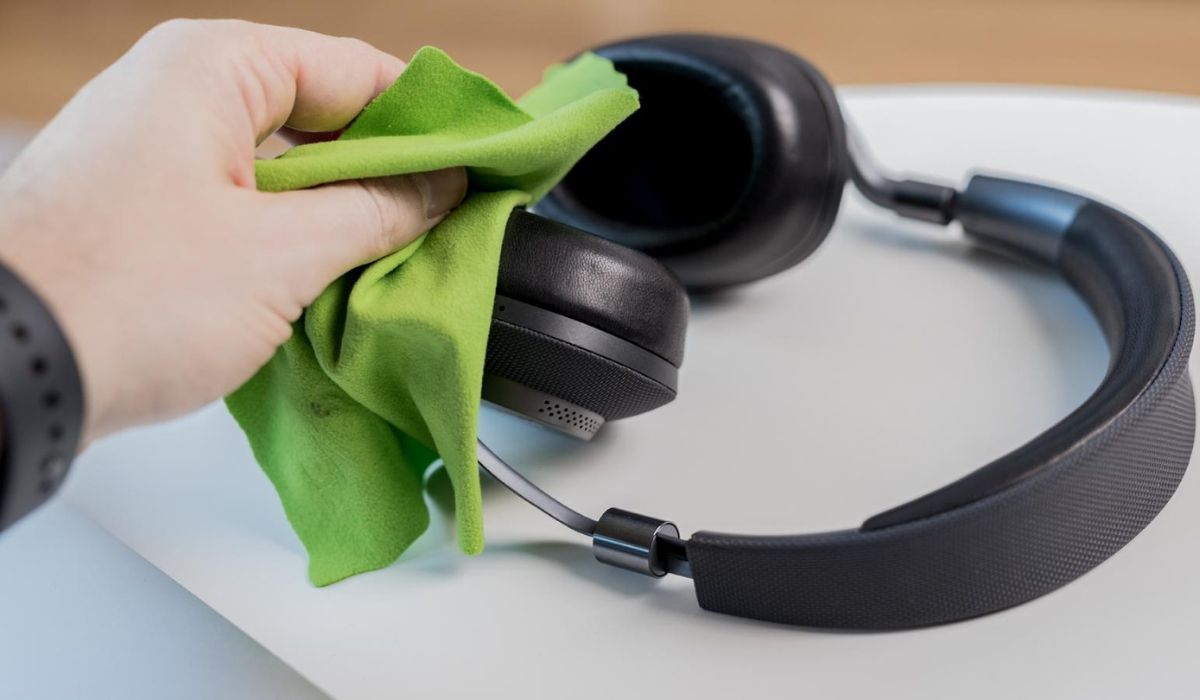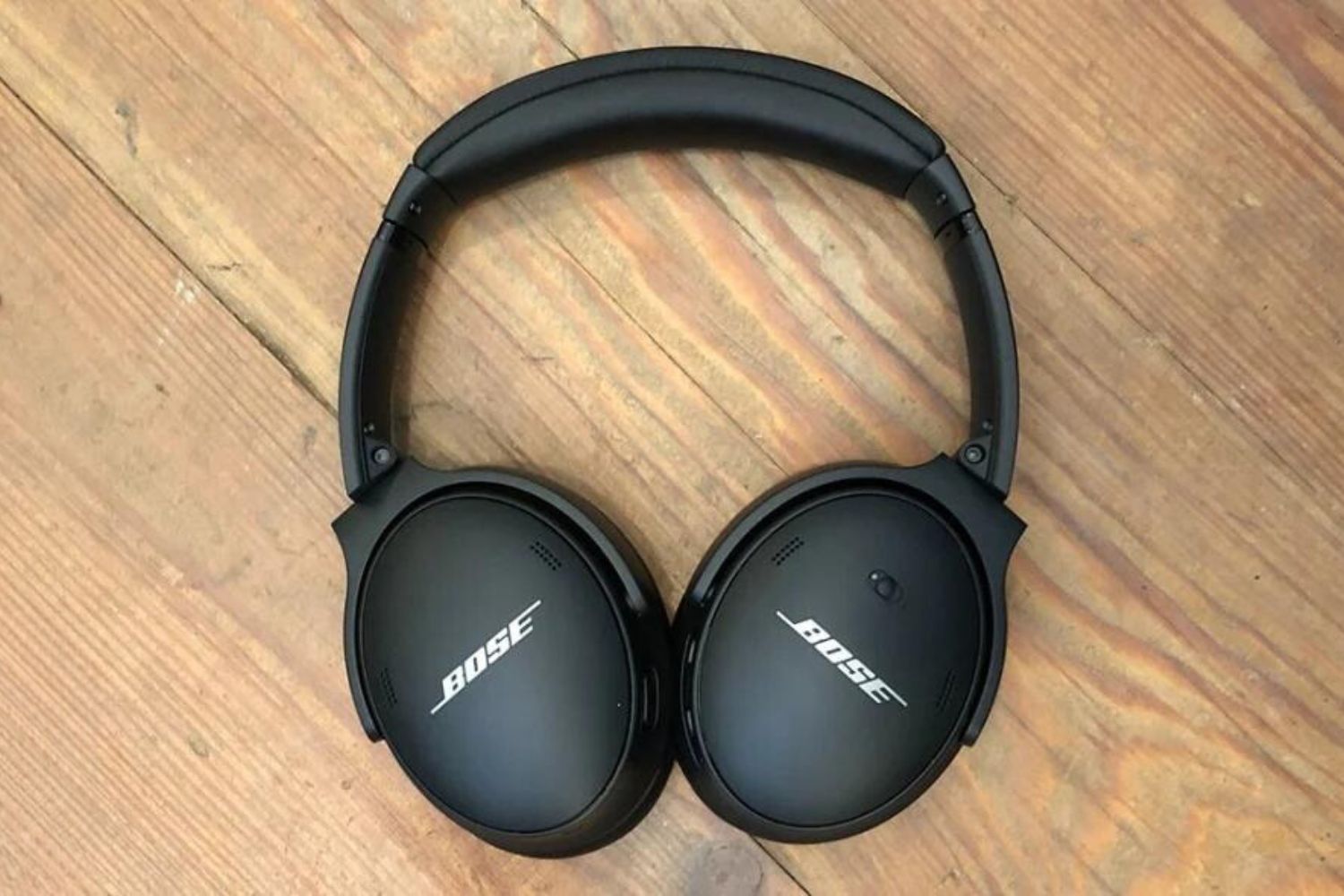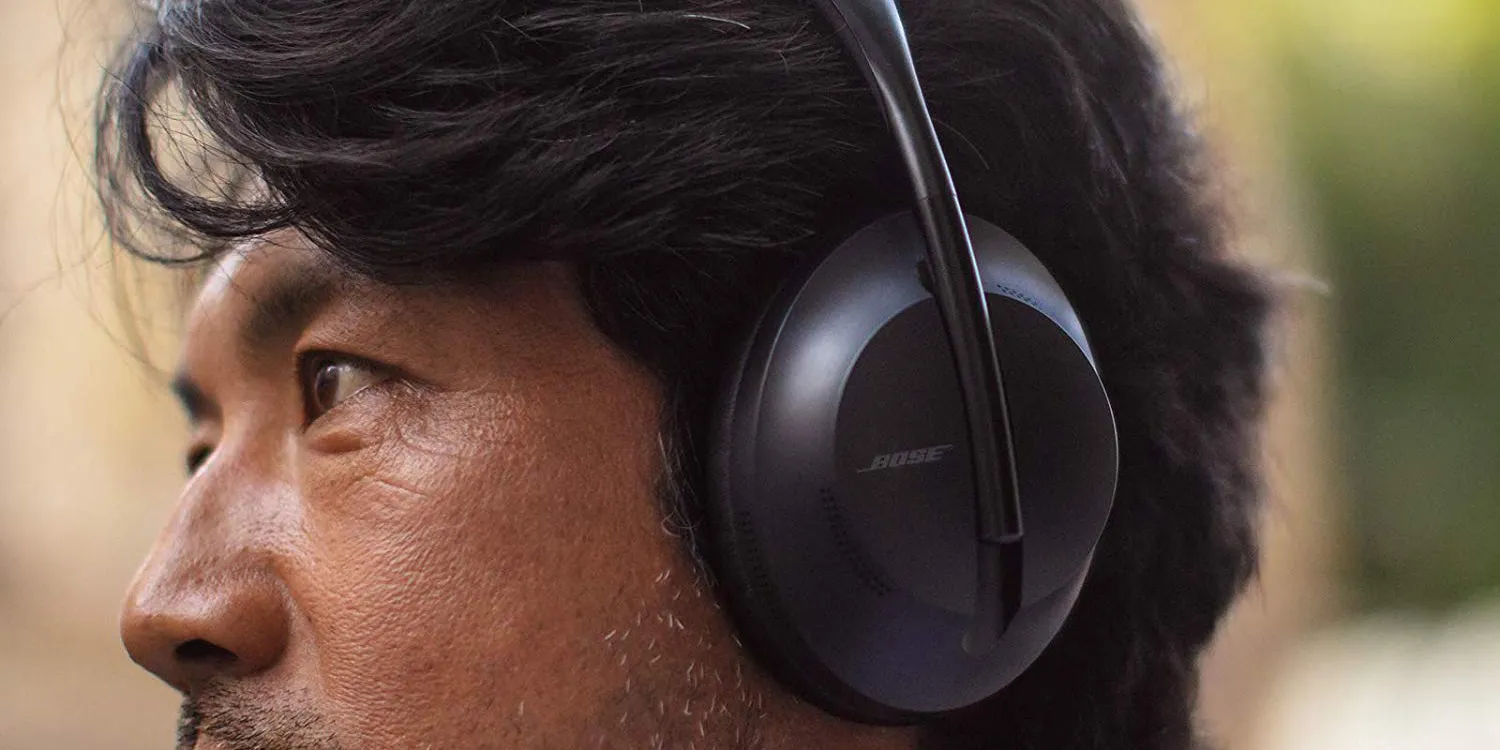Introduction
Introduction
When it comes to choosing the perfect pair of headphones, the options seem endless. Over-ear and on-ear headphones are two popular choices, each with its own set of advantages and features. Understanding the differences between these two types of headphones is crucial in making an informed decision that aligns with your specific needs and preferences.
Over-ear headphones, also known as circumaural headphones, feature ear cups that fully enclose the ears. On the other hand, on-ear headphones, or supra-aural headphones, rest on the ears without fully enveloping them. While both types serve the primary purpose of delivering high-quality audio, they differ significantly in design, fit, sound quality, noise isolation, portability, comfort, and price.
In this comprehensive guide, we will delve into the nuances of over-ear and on-ear headphones, providing an in-depth comparison to help you determine which style best suits your lifestyle and listening habits. By exploring the distinct characteristics of each type, you will gain valuable insights into their respective strengths and weaknesses, empowering you to make an informed decision when investing in your next pair of headphones.
Design and Fit
When it comes to design and fit, over-ear and on-ear headphones offer distinct experiences, catering to different preferences and usage scenarios.
Over-Ear Headphones:
- Over-ear headphones are characterized by their large, cushioned ear cups that fully enclose the ears. This design creates a comfortable seal around the ears, effectively reducing external noise and providing an immersive listening experience.
- The over-ear design is typically bulkier and heavier than on-ear headphones, which may affect portability but often results in superior comfort during extended wear.
- These headphones are favored by audiophiles and professionals for their ability to deliver a spacious soundstage and excellent noise isolation, making them ideal for critical listening and studio use.
On-Ear Headphones:
- On-ear headphones feature smaller ear cups that rest directly on the ears, offering a more lightweight and compact design compared to over-ear counterparts.
- The on-ear design provides a breathable and cooler listening experience, making it suitable for active use and prolonged wear without causing discomfort or heat buildup.
- While on-ear headphones may not offer the same level of noise isolation as over-ear models, they provide a more natural sound experience by allowing some ambient noise to filter through, which can be advantageous in outdoor environments.
Ultimately, the choice between over-ear and on-ear headphones in terms of design and fit depends on individual preferences regarding comfort, portability, and the desired level of noise isolation. Whether you prioritize immersive sound immersion or lightweight, on-the-go convenience, understanding the distinct design and fit characteristics of each type is essential in selecting the perfect pair of headphones for your lifestyle.
Sound Quality
When evaluating over-ear and on-ear headphones, sound quality stands as a pivotal factor that significantly influences the overall listening experience. Both types of headphones offer unique sonic characteristics, catering to diverse preferences and usage scenarios.
Over-Ear Headphones:
- Over-ear headphones are renowned for their ability to deliver a rich, immersive sound experience, characterized by deep bass, detailed midrange, and extended treble. The larger drivers and ear cups of over-ear headphones contribute to a spacious soundstage, allowing for precise instrument separation and a more expansive audio presentation.
- These headphones are favored by audio enthusiasts, musicians, and sound engineers for their ability to reproduce music with high fidelity, capturing intricate nuances and providing a truly immersive listening environment.
On-Ear Headphones:
- On-ear headphones offer a balanced and natural sound signature, providing clear and articulate audio reproduction across the frequency spectrum. While they may not deliver the same level of bass extension as over-ear models, on-ear headphones excel in presenting a more open and airy sound, making them well-suited for genres that prioritize vocal clarity and instrumental detail.
- The compact drivers of on-ear headphones contribute to a more intimate soundstage, offering a focused and precise listening experience that is conducive to portable and on-the-go usage.
Ultimately, the choice between over-ear and on-ear headphones in terms of sound quality hinges on individual preferences regarding audio fidelity, tonal balance, and the desired spatial presentation. Whether you seek a lush and enveloping sonic experience or a more intimate and detailed sound reproduction, understanding the distinct sound characteristics of each type is crucial in selecting the ideal pair of headphones that aligns with your sonic preferences.
Noise Isolation
When it comes to noise isolation, both over-ear and on-ear headphones offer distinct advantages in mitigating external sounds, providing users with immersive and uninterrupted listening experiences in various environments.
Over-Ear Headphones:
- Over-ear headphones excel in passive noise isolation, thanks to their circumaural design that fully encloses the ears. The cushioned ear cups create a physical barrier that effectively blocks out ambient noise, allowing users to delve into their music without external distractions.
- These headphones are particularly well-suited for use in noisy environments such as airplanes, trains, or bustling urban settings, where the superior noise isolation enhances the overall listening experience by minimizing external disturbances.
On-Ear Headphones:
- On-ear headphones, while offering a more lightweight and breathable design, may not provide the same level of passive noise isolation as their over-ear counterparts. The smaller ear cups rest directly on the ears, allowing some ambient noise to permeate, which can be advantageous for outdoor activities where situational awareness is important.
- However, some on-ear headphone models incorporate advanced noise-canceling technology, actively reducing external sounds through electronic processing, thereby enhancing the overall noise isolation and creating a more immersive listening environment.
Ultimately, the choice between over-ear and on-ear headphones in terms of noise isolation depends on the user’s specific requirements and the intended usage scenarios. Whether you prioritize complete immersion in your music or the flexibility to remain aware of your surroundings, understanding the noise isolation capabilities of each type is essential in selecting the ideal pair of headphones that aligns with your lifestyle and listening preferences.
Portability and Comfort
When considering headphones for everyday use, portability and comfort play a crucial role in determining the overall user experience. Both over-ear and on-ear headphones offer distinct advantages in terms of portability and comfort, catering to diverse lifestyles and preferences.
Over-Ear Headphones:
- Over-ear headphones are generally bulkier and less compact than on-ear models due to their larger ear cups and headband design. While this may impact their portability, the spacious ear cups and cushioned headband contribute to superior comfort during extended listening sessions.
- These headphones are well-suited for home use, studio monitoring, and critical listening, where comfort and immersive sound quality take precedence over portability.
On-Ear Headphones:
- On-ear headphones, with their more compact and lightweight design, offer enhanced portability, making them ideal for on-the-go use, commuting, and outdoor activities. The smaller ear cups and adjustable headbands provide a snug and secure fit while remaining breathable and comfortable for extended wear.
- These headphones are favored by users who prioritize portability and convenience without compromising on comfort, making them a popular choice for travel and daily commutes.
Ultimately, the choice between over-ear and on-ear headphones in terms of portability and comfort hinges on individual preferences regarding mobility, extended wear, and the intended usage scenarios. Whether you prioritize plush comfort and immersive sound at home or require a lightweight and portable solution for your active lifestyle, understanding the distinct portability and comfort attributes of each type is essential in selecting the perfect pair of headphones that aligns with your unique needs and preferences.
Price
When it comes to purchasing headphones, price is a significant factor that influences the decision-making process. Both over-ear and on-ear headphones are available across a wide range of price points, offering options to suit various budgets and preferences.
Over-Ear Headphones:
- Over-ear headphones are available in a diverse price spectrum, ranging from budget-friendly options to high-end, premium models. The price variation is often reflective of the build quality, audio performance, and additional features such as noise-cancellation technology and wireless connectivity.
- High-end over-ear headphones are designed for audiophiles, sound professionals, and enthusiasts, offering exceptional audio fidelity, premium materials, and advanced features, albeit at a higher price point. Budget-friendly over-ear options provide a more accessible entry into the over-ear headphone category, catering to users seeking quality audio without breaking the bank.
On-Ear Headphones:
- On-ear headphones also span a wide price range, offering options for budget-conscious consumers as well as those seeking premium features and audio performance. The pricing of on-ear headphones is influenced by factors such as build quality, sound signature, wireless capabilities, and additional functionalities.
- While high-end on-ear headphones deliver refined sound quality, durable construction, and advanced technologies, budget-friendly on-ear models provide an affordable entry point into the on-ear headphone market, making quality audio accessible to a broader audience.
Ultimately, the choice between over-ear and on-ear headphones in terms of price depends on the user’s budget, desired features, and audio preferences. Whether you seek high-fidelity audio and advanced functionalities or a cost-effective solution that meets your basic listening needs, understanding the price range and offerings within each headphone category is essential in making a well-informed purchasing decision that aligns with your budget and audio requirements.
Conclusion
After exploring the nuances of over-ear and on-ear headphones, it becomes evident that each type offers distinct advantages and features, catering to diverse preferences and usage scenarios. The choice between over-ear and on-ear headphones ultimately hinges on individual priorities, lifestyle, and audio preferences.
Over-ear headphones, with their circumaural design and spacious ear cups, excel in providing immersive sound quality, superior noise isolation, and extended comfort during prolonged use. These headphones are well-suited for audiophiles, professionals, and individuals seeking a premium audio experience that prioritizes fidelity and immersion.
On-ear headphones, characterized by their lightweight and portable design, offer a more compact and breathable listening experience, making them ideal for on-the-go use, outdoor activities, and daily commutes. While they may not provide the same level of noise isolation as over-ear models, on-ear headphones offer a balanced sound signature and enhanced portability without compromising on comfort.
When considering the factors of design, fit, sound quality, noise isolation, portability, comfort, and price, it becomes evident that both over-ear and on-ear headphones present compelling options for users with varying audio preferences and lifestyle needs. Understanding the distinct characteristics and trade-offs of each type is essential in making an informed decision that aligns with your specific requirements and budget.
Whether you prioritize immersive sound immersion and extended comfort or seek a portable, on-the-go solution without sacrificing audio quality, the choice between over-ear and on-ear headphones ultimately comes down to personal preferences and the intended usage scenarios. By considering the unique features and benefits of each type, you can confidently select the perfect pair of headphones that complements your lifestyle and delivers an exceptional listening experience.







